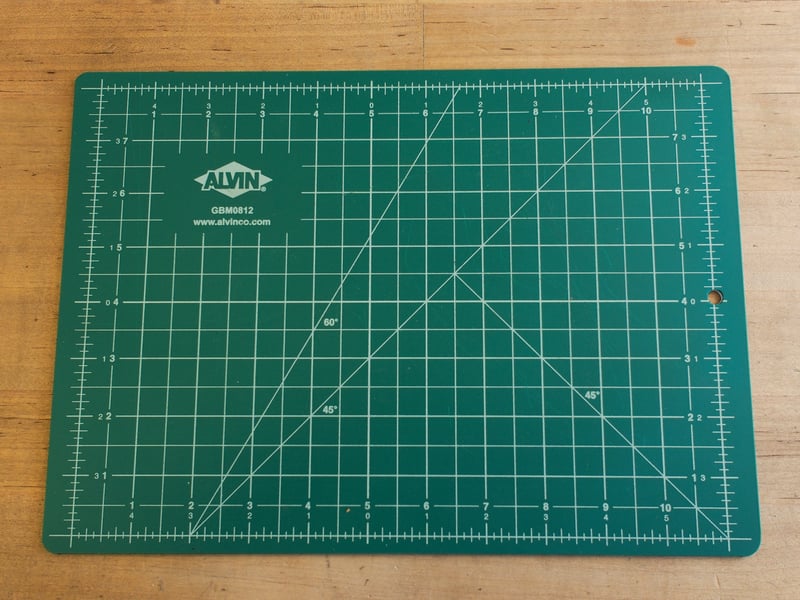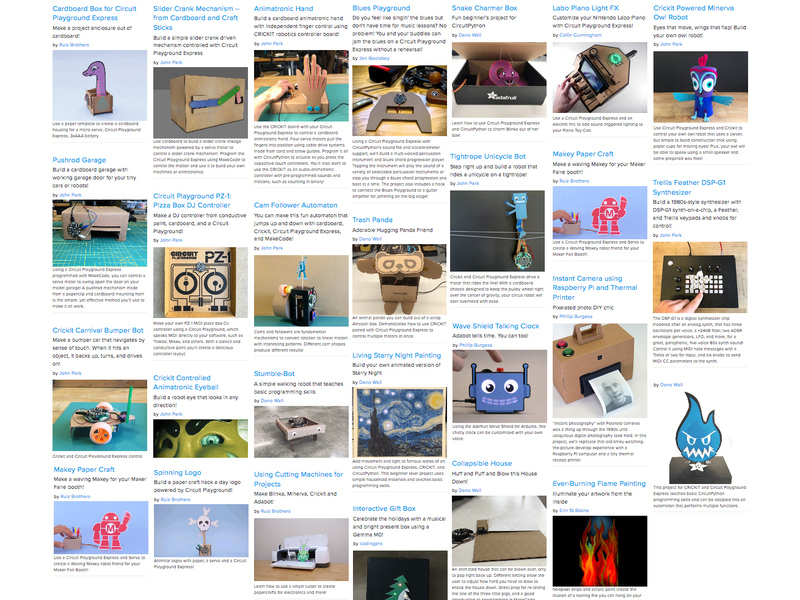Cardboard is awesome. This ubiquitous material is inexpensive (or free if you keep your old shipping boxes), sturdy, and easy to work with. It can be much faster to build with than wood, metal, or plastic, and the tools needed are a lot cheaper!
In this guide, we'll show you the fundamental techniques and tools you'll need in order to start building cardboard structures, mechanisms, and robots!
But this is just the beginning of this rich topic, so we've included lots of links to external resources as you continue to grow your cardboard construction skillset.
Materials
We'll cover materials in greater detail on the next page, but in general these are some of the most useful supplies to have on hand:
- Corrugated cardboard boxes, such as shipping boxes from online retailers including Adafruit! You probably already have some around your house
- White glue
- Hot melt glue and glue gun
- String or yarn
- Brass paper fasteners
- Paper clips
- Double stick foam tape



























































































